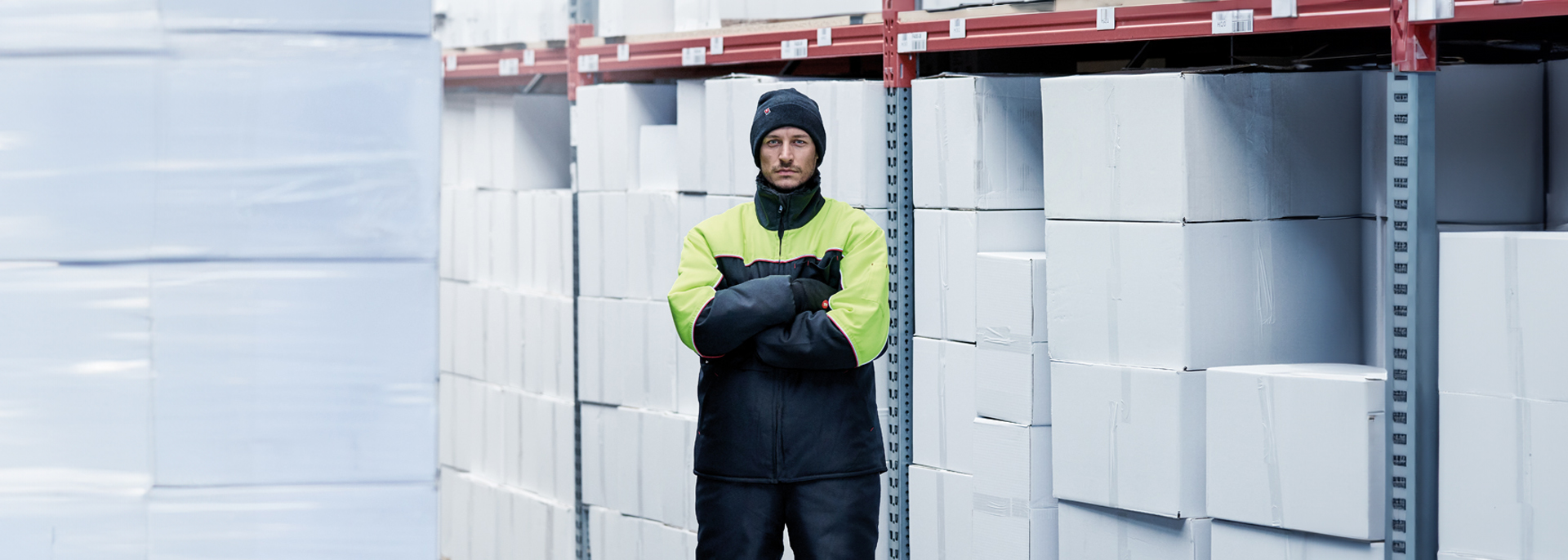
Worth Knowing
Everything You Need to Know about the Freezer Area

The selection of suitable freezer clothing, especially for freezers and cold stores, can be quite difficult. After all, extreme cold has an impact on the well-being and productivity of employees.
The Fortdress Group has accepted the challenge of simplifying the exhausting and time-consuming search for suitable products!
As a specialist in freezer clothing, our aim is to develop clothing that offers workers protection to counteract the effects of extreme cold.
In this blog, we will answer any questions you may have about the freezer area, which can reach temperatures as low as -49°C, and introduce you to our Fortdress freezer clothing.
Which working environments reach temperatures as low as -49°C and what activities are carried out in them?
| Sector | Work environment | Activity |
|---|---|---|
| Food industry and logistics | Freezer warehouse as well as freezers and cold stores | Order picking, transport, packaging, production and storage of food and frozen products |
| Pharmaceutical companies | Storage rooms | Picking, transport and storage of cold-sensitive products and pharmaceuticals |
| Transport companies | Freight transport | Loading and unloading vehicles and containers |
| Fishery | Freezer warehouse as well as freezers and cold stores | Fishing, processing and storage |
For how long on average can employees work in a freezer area per day?
The DIN 33403 a german standard defines the "Climate at the workplace and in working environments", whereby Part 5 refers specifically to the "Ergonomic design of refrigerated workplaces".
The following table can be used as a guideline for determining the warm-up time:
| Cold range | Naming | Air temperature ta [°C] | Max. uninterrupted exposure time (min) | Recommended warm-up time as a % of exposure time (%) | Recommended warm-up time (rounded values) (min) |
|---|---|---|---|---|---|
| I | cool range | from +15 to +10 | 150 | 5 | 10 |
| II | slightly cold range | below +10 to -5 | 150 | 5 | 10 |
| III | cold range | below -5 to -18 | 90 | 20 | 15 |
| IV | very cold range | below -18 to -30 | 90 | 30 | 30 |
| V | deep cold range | below -30 | 60 | 100 | 60 |
| Source: TABLE 7.1-4 COLD EXPOSURE AND WARM-UP TIMES ACCORDING TO DIN 33403-5 | |||||
The temperature range from -18 °C to -30 °C, in which many of our customers work, is categorised as cold zone IV (very cold zone). In this area, employees should work continuously for a maximum of 90 minutes wearing suitable protective clothing. After this, a warm-up period of 30 minutes is recommended.
If the warm-up phase is undercut, the interruption or warm-up time does not apply.
Employees may not spend more than 8 hours a day in rooms with temperatures below -25°C.*¹
In addition, for work in cold areas III and IV, it is advisable to provide facilities such as drying cabinets to dry clothing, boots and gloves.*²
In temperatures down to -30 °C or colder, the use of suitable protective clothing and consideration of working hours is necessary to protect health. Employees in these areas must take part in the mandatory precautionary programme "Activities involving exposure to extreme cold".
To avoid these requirements, cold stores, for example, operate at an average temperature slightly above -25°C.*³
In case the room temperature is below -45°C, employees may only carry out their work if specific rest and warm-up times have been defined in advance by the employers' liability insurance association and the responsible authority.*⁴
In general, break, standby, sanitary, canteen and first aid rooms must have an air temperature of at least +21°C during the period of use. In sanitary areas, the air temperature may be briefly lowered by ventilation.*⁵
Wearing special workwear/protective clothing is necessary to ensure the safety of employees in very cold or cryogenic areas. The focus is on the protective function of the clothing and the constant stabilisation of body heat.
The aim of special workwear is to achieve a constant or improved work performance of the employees, to guarantee protection and thus to increase well-being. It is therefore essential to provide the appropriate workwear for working environments with low temperatures.
Working in cold, very cold or extremely cold areas of companies requires special protective measures that are anchored in legal regulations and standards.
The essential requirements for freezer clothing are set out in the EN 342:2017 standard.
Fortdress freezer clothing is certified according to this standard and can therefore also be used in areas below -30°C.
You can find more information about the standard in our article about EN 342:2017.
Fortdress freezer clothing can be washed up to 5 times and still retains its certification.
As care may vary depending on the manufacturer, it is important to clean the freezer clothing according to the manufacturer's instructions.
Care instructions and the maximum number of wash cycles can be found on the care label.
In the end, excessive washing can lead to a reduction in thermal insulation and thus to a cancellation of the certification.
We recommend regularly replacing heavily used and long-worn clothing.
In addition, the use of drying cabinets offers an effective solution for cleaning and disinfecting clothing, as the system removes bacteria and makes the clothing usable for longer.
Fortdress freezer clothing is not only functional, but also breathable. The modern and breathable outer material allows air to circulate efficiently between the wearer and the material.
Thus, our clothing offers comprehensive, optimum protection and comfort.
Increased perspiration is a protective reaction of the body to the cold. This is because sweat forms an insulating layer on the skin that tries to slow down heat loss.
Wearing several layers of clothing, the so-called onion look, also leads to increased perspiration, as the additional layers automatically generate more heat.
However, it is a misconception that wearing several layers of clothing ensures warmth and comfort.
This is because wearing freezer clothing over everyday clothes increases perspiration because the air can no longer circulate within the layers.
To ensure optimum warmth and air circulation, it is always advisable to choose the right layers of clothing.
You can read more about the right choice of clothing layers in our blog “The only layer you need in the freezer”.
With the help of our size chart you will always find the right sizes for you and your employees.
Fortdress offers a wide range of sizes, from XS to 6XL, to ensure that there is something to suit every need. We also offer plus sizes on request.
A particular advantage is that there are no surcharges for oversizes.
Because our principle is: One size - One price.
The Fortdress Group offers various techniques for finishing many types of clothing.
-
Embroidery:
- For clothing with a fleece outer material
- Embroidery of company logos or employee names
-
Embroidered patches/imprints:
- For clothing with fleece as the outer material
- An imprint is applied to the patch using heat, which is then sewn onto the garment
- Embroidery of company logos, special designs or slogans
-
Patches/Imprints:
- Suitable for almost all types of outer materials - except for fleece
- The imprint (transfer logo) of the desired company logo or other designs is pressed onto the garment using heat
- Various logos are possible: reflective logo, logo with colour gradients or even logos with flat colours
Overall, the printing process is particularly suitable for freezer clothing.
The aim of using customised clothing is to create a high recognition value and thus strengthen the corporate identity of your company.
At Fortdress, you have the option of customising freezer clothing according to your individual requirements. This includes product customisationssuch as lengthening or shortening the trouser legs. These customisations are available for an additional charge.
In order to provide you with a customised offer and implement the desired adjustments, we need detailed information on the measurements of the person concerned.
You can also have us develop and produce your own clothing in your own design, which will have a positive effect on your public image and your company's internal corporate identity.
What are the prices of Fortdress freezer clothing?
As a strong partner to our customers in the food industry and logistics, Fortdress sells freezer clothing in various price categories.
These are as follows:
- SHIELD series: This is the entry-level model and is available to our customers as a cost-effective option.
- CATAPULT series: This series is in the middle price segment.
- CROWN series: Based in the higher price segment.
Which freezer clothing is recommended by Fortdress?
Fortdress offers four ranges of clothing specially designed for the extreme temperature range down to -49°C:
-
POLAR:
The POLAR series is particularly suitable for forklift truck drivers who, due to their limited freedom of movement, mainly work in industrial trucks such as forklifts. Because of the limited mobility, it is crucial to wear clothing with particularly thick padding to ensure optimum thermal insulation.
The padding of at least 330 g/m² in the POLAR series ensures optimum comfort and is specially tailored to the needs of forklift truck drivers.
-
KANGIA:
For companies that specialise in cold and wet environments, such as shipping companies or port logistics, we recommend the KANGIA set. It is made from waterproof and visible materials and is also breathable. With a medium-thickness padding of at least 240 g/m², the KANGIA series ensures a balance between warmth and waterproofness.
The set provides the best possible protection and comfort - in any weather and in difficult conditions.
The following products are part of the KANGIA set:
-
ALPINE:
The ALPINE collection has been specially developed for order pickers who move around a lot during their work in the freezer. Due to this increased mobility, it is crucial to wear clothing with balanced padding to ensure optimum thermal insulation and sweat absorption.
With padding of at least 300 g/m², the ALPINE collection ensures lasting warmth.
These are the products that belong to the ALPINE series:
-
SNAG:
The SNAG collection from Fortdress has been specially developed for temporary or seasonal workers who move around a lot during their work in the freezer, but prefer basic protection in freezer clothing.
With a padding of at least 300 g/m², the SNAG collection provides basic protection and warmth.
Here are the products that belong to the SNAG set :
- *¹: Wie lange darf ich in Klimakammern bei extremen Temperaturen und Luftfeuchten arbeiten?
- *²: Arbeitsschutzmaßnahmen und Wirksamkeitskontrolle - Kälte
- *³: Arbeitsschutzmaßnahmen und Wirksamkeitskontrolle - Kälte
- *⁴: Arbeitsschutzmaßnahmen und Wirksamkeitskontrolle - Kälte
- *⁵: ASR A3.5 „Raumtemperatur“: Ab 26 °C im Büro sollten Arbeitgeber Maßnahmen ergreifen
The following products are assigned to the POLAR series:
A highlight of the range is the freezer jacket POLAR HIVIS and the freezer overall POLAR in the colour deep night / luminous yellow.
Both products increase the visibility of workers and therefore offer constant protection - even in poor light and weather conditions.
Sources:


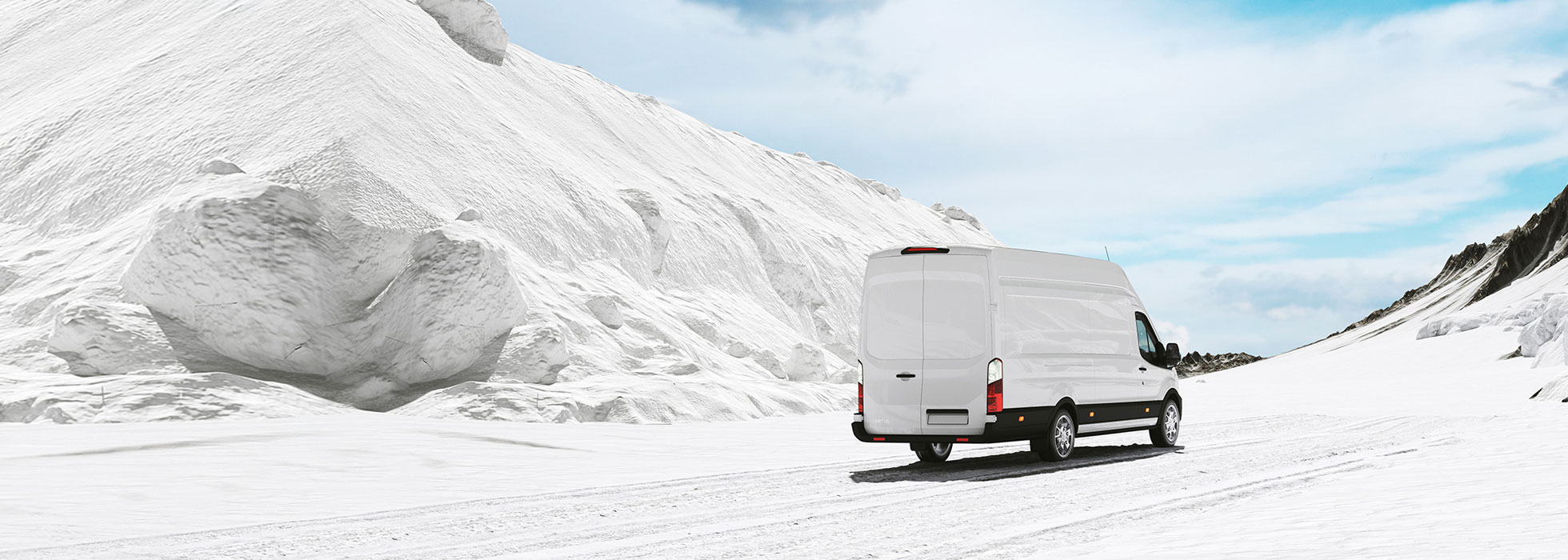

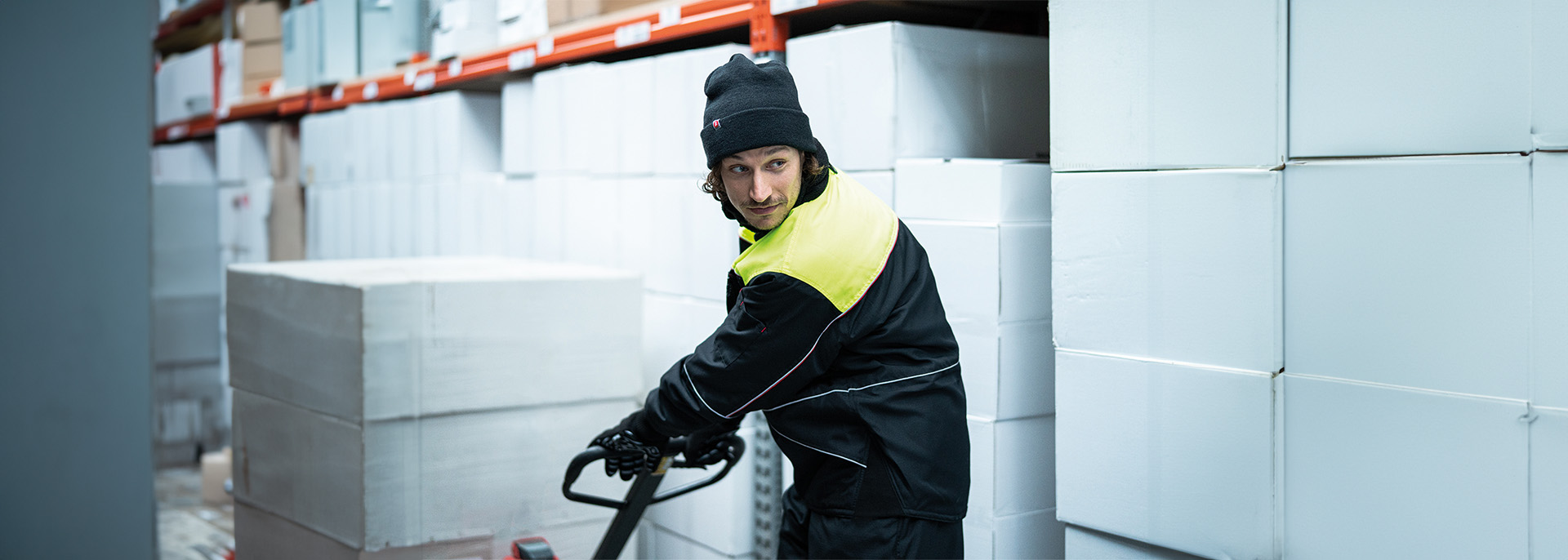
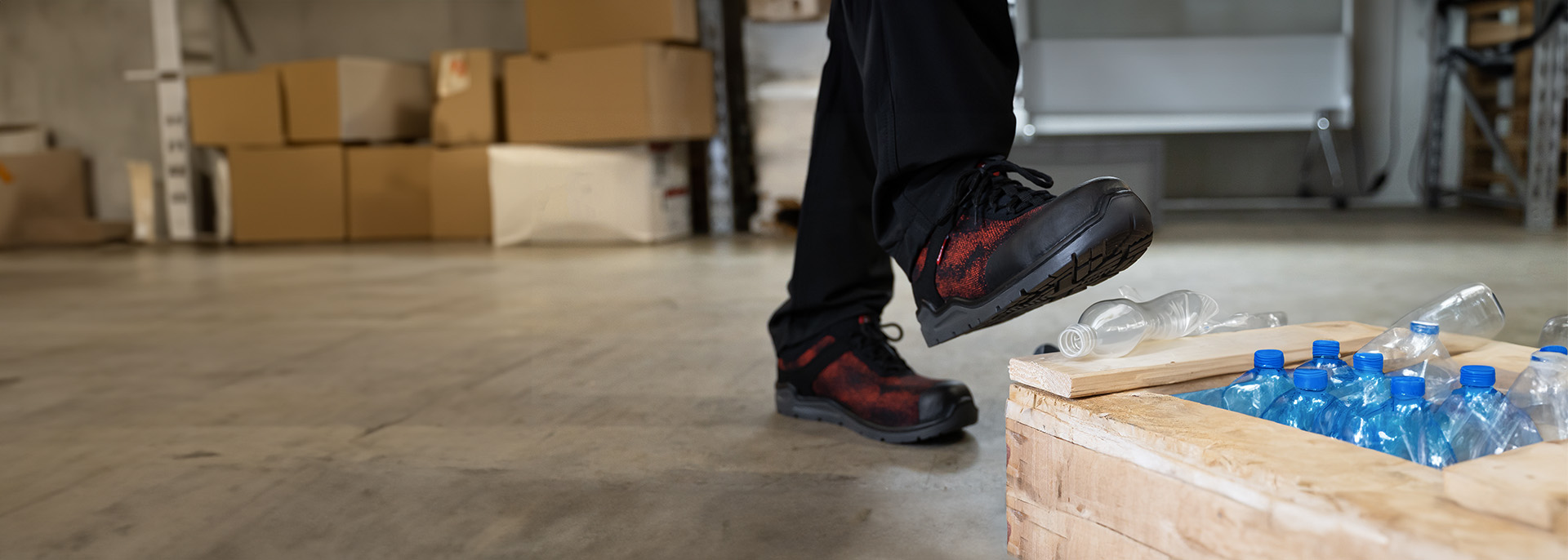
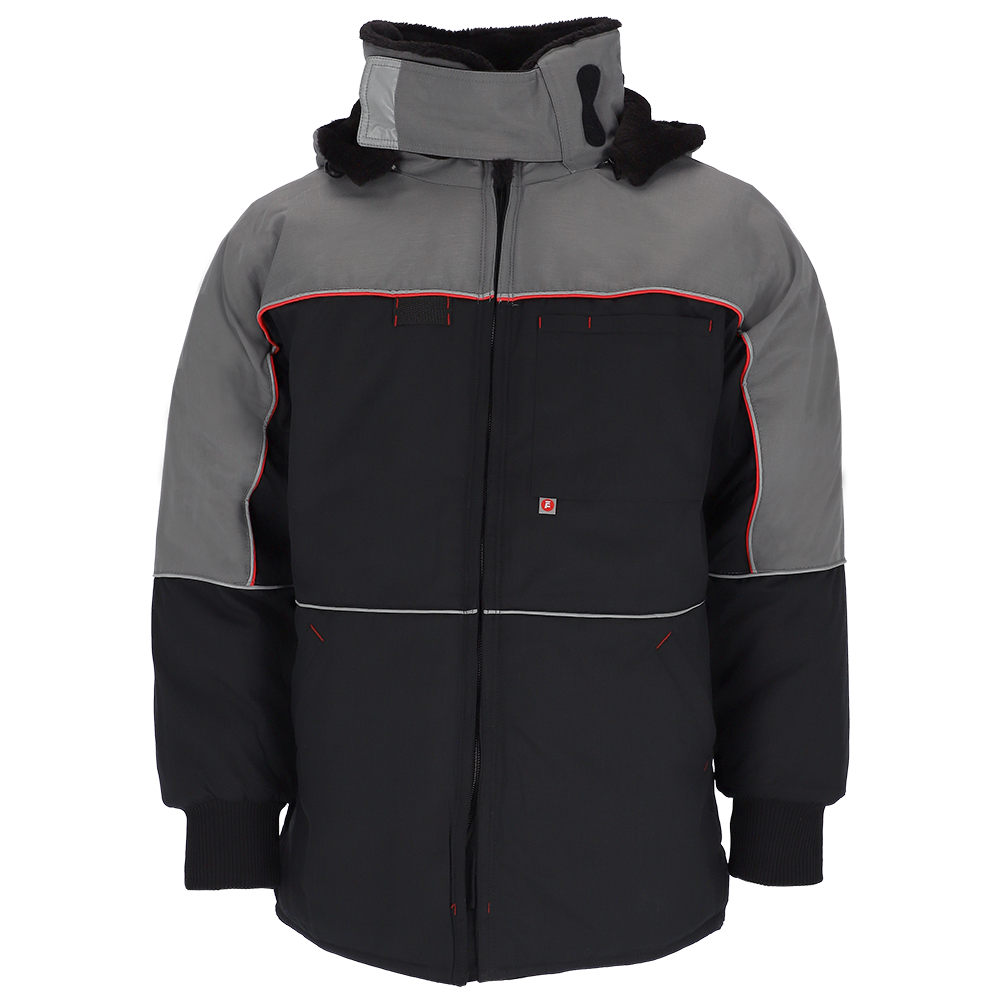
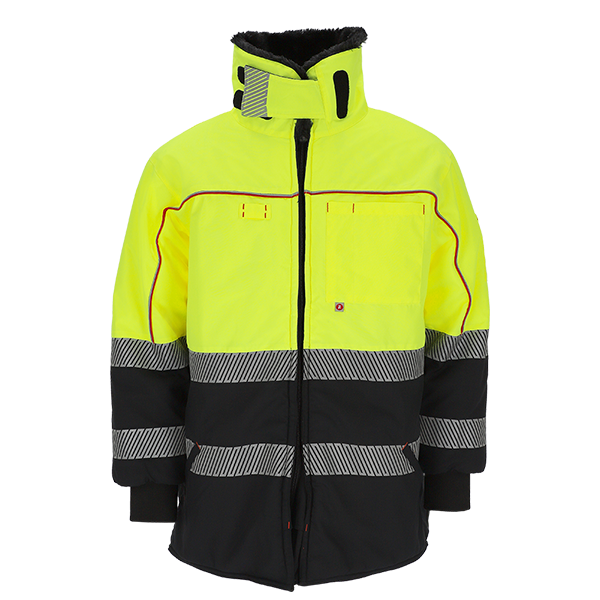
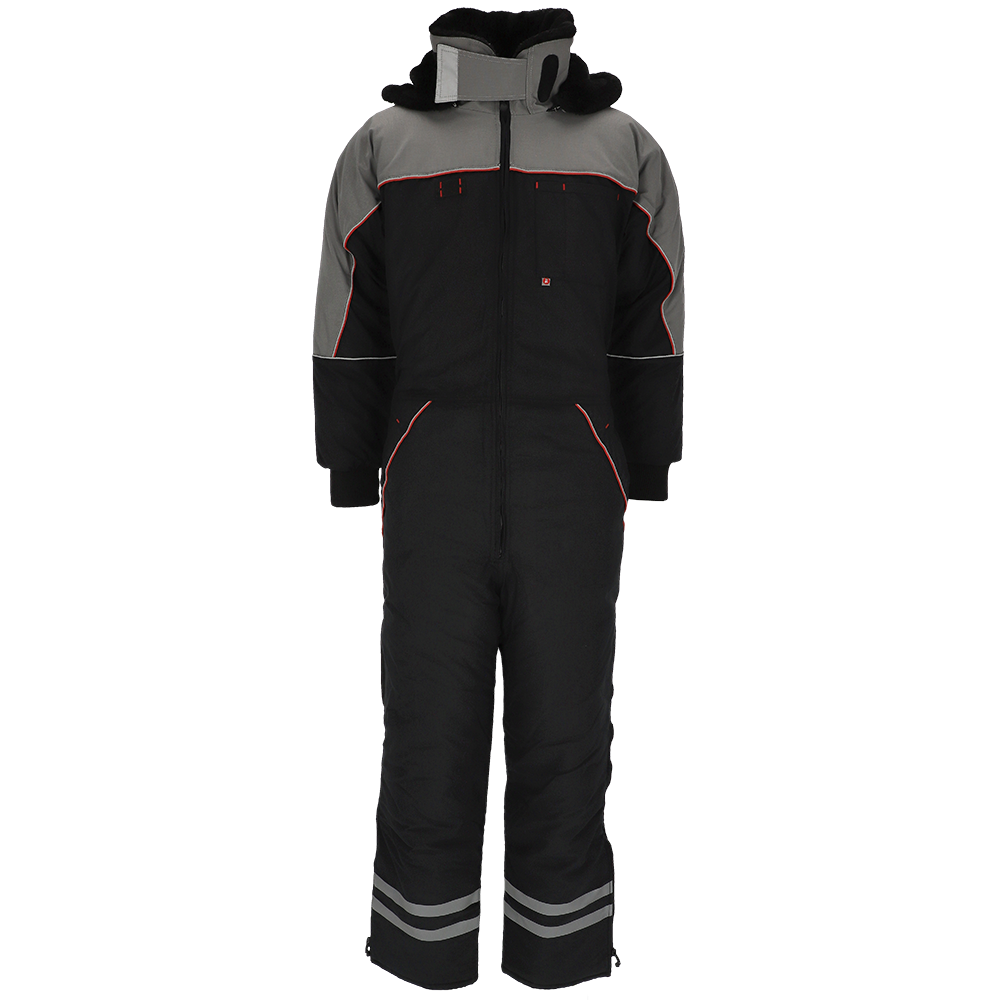
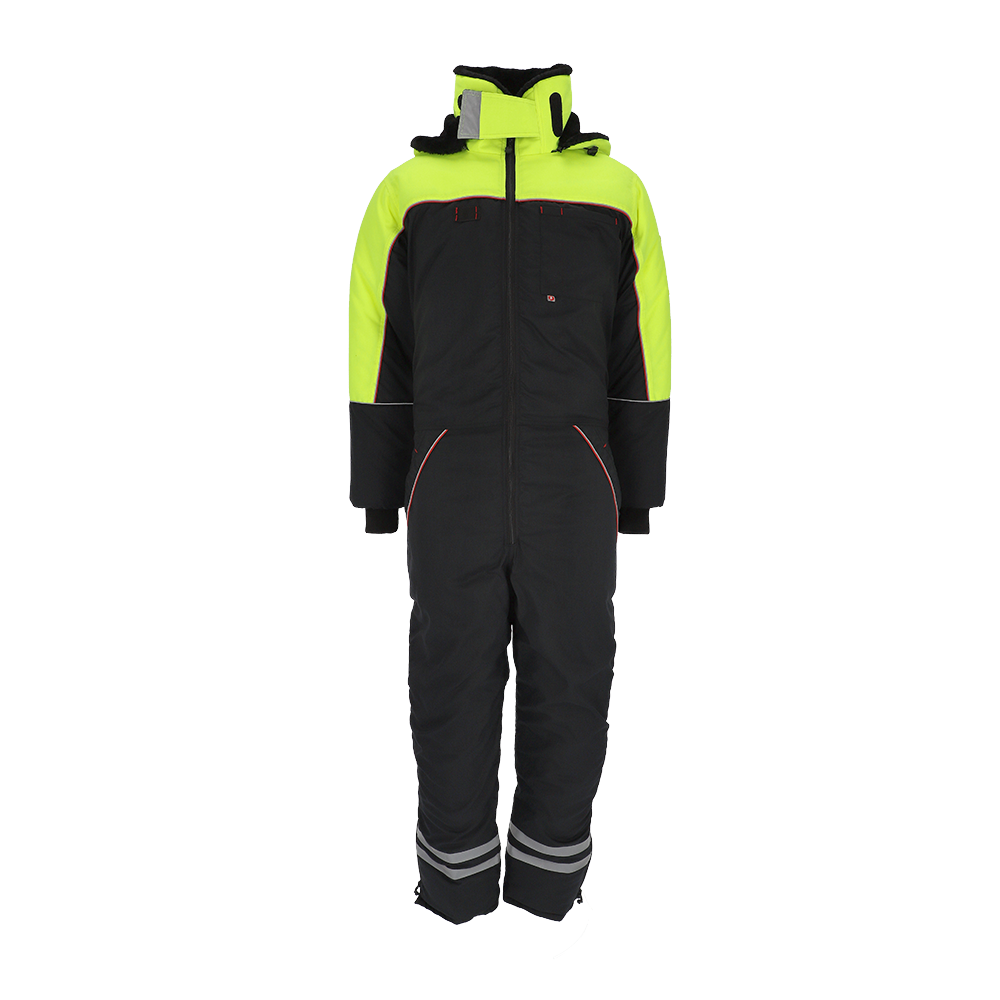
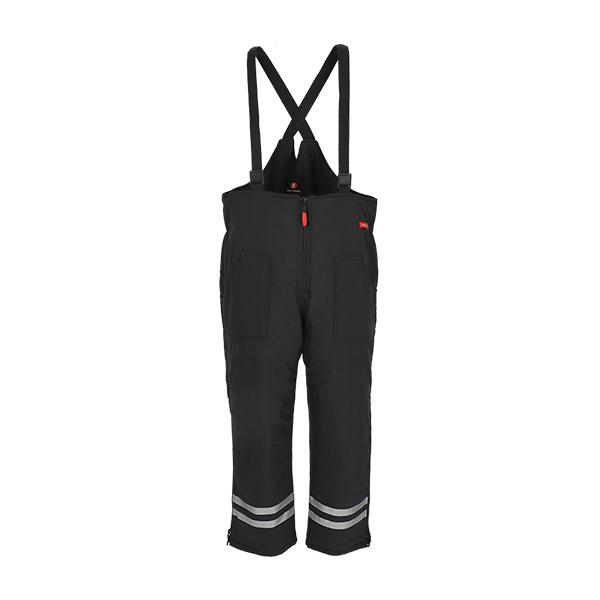
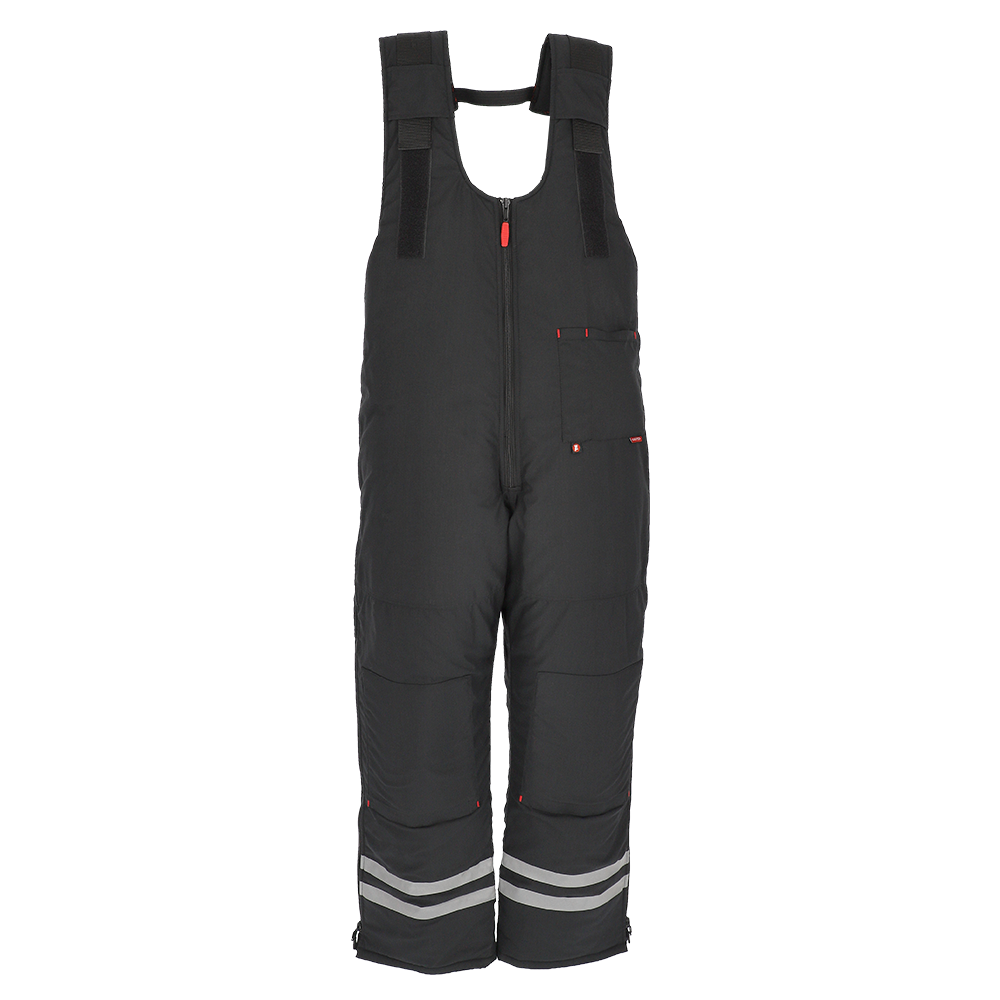
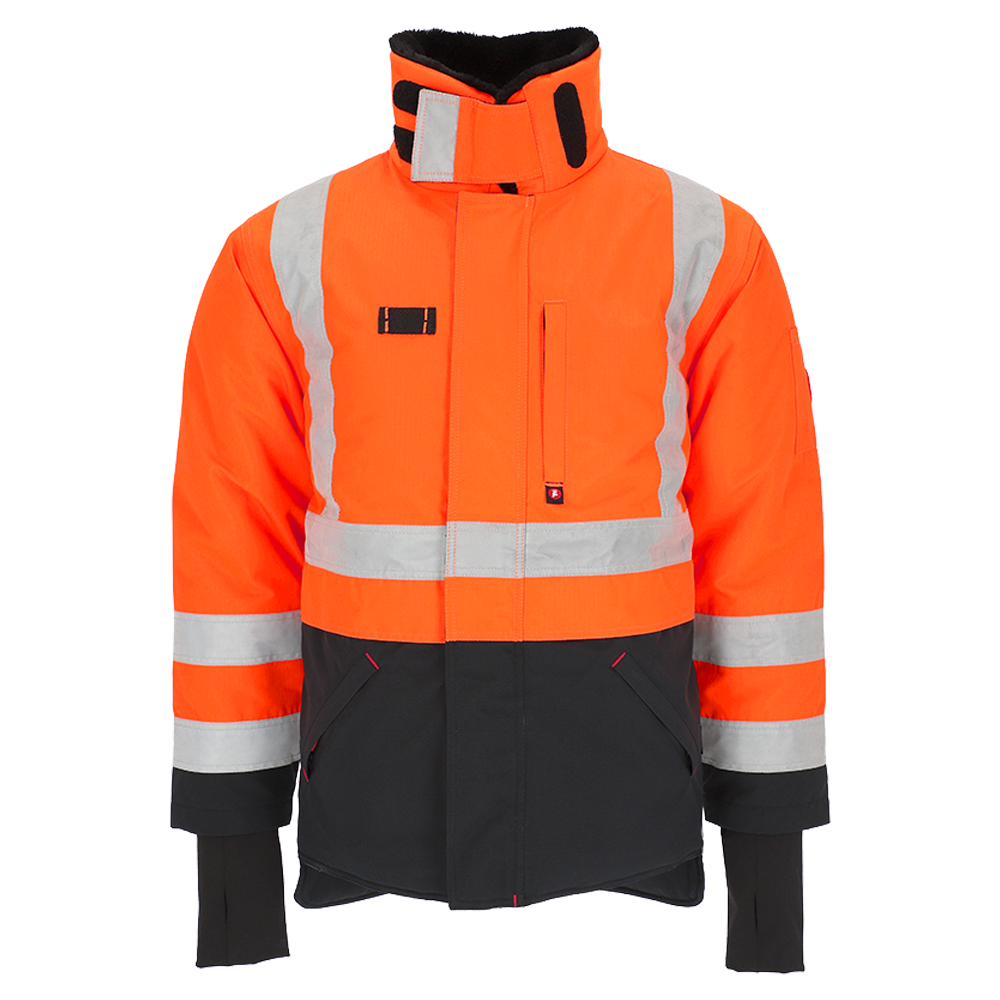
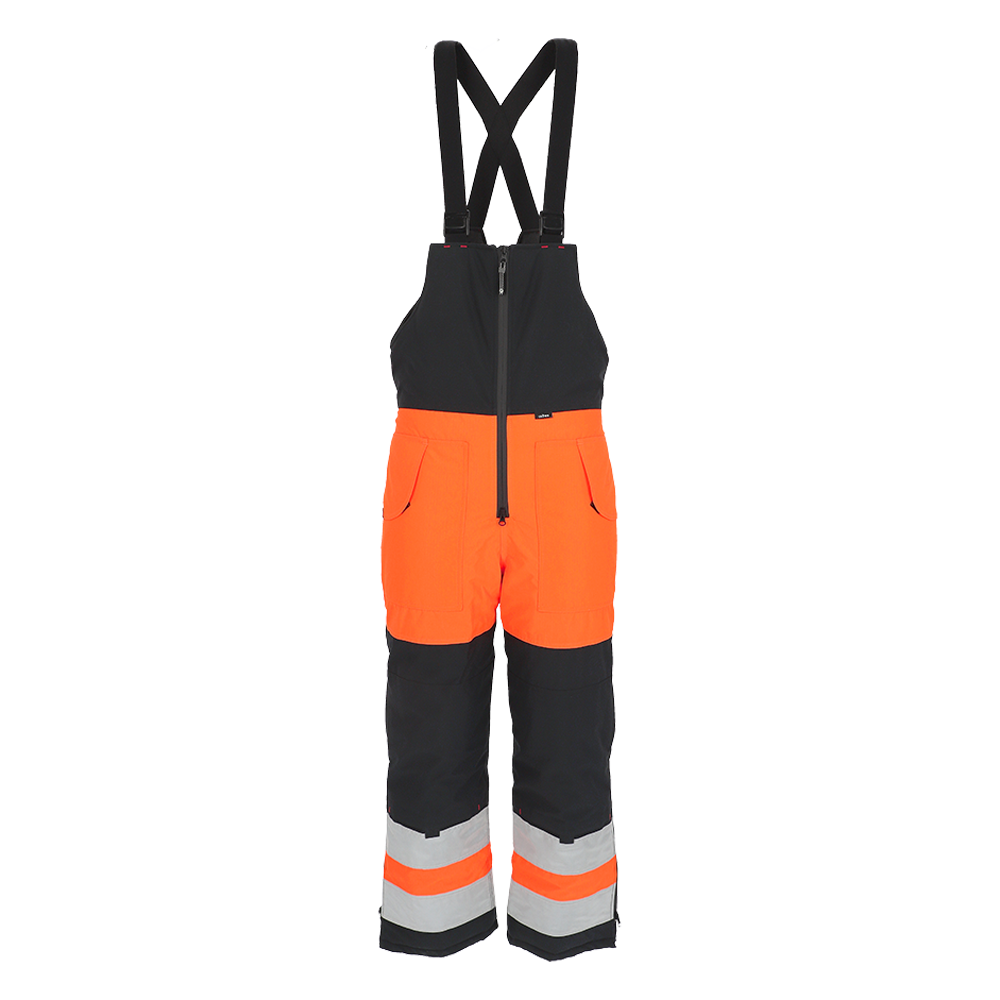
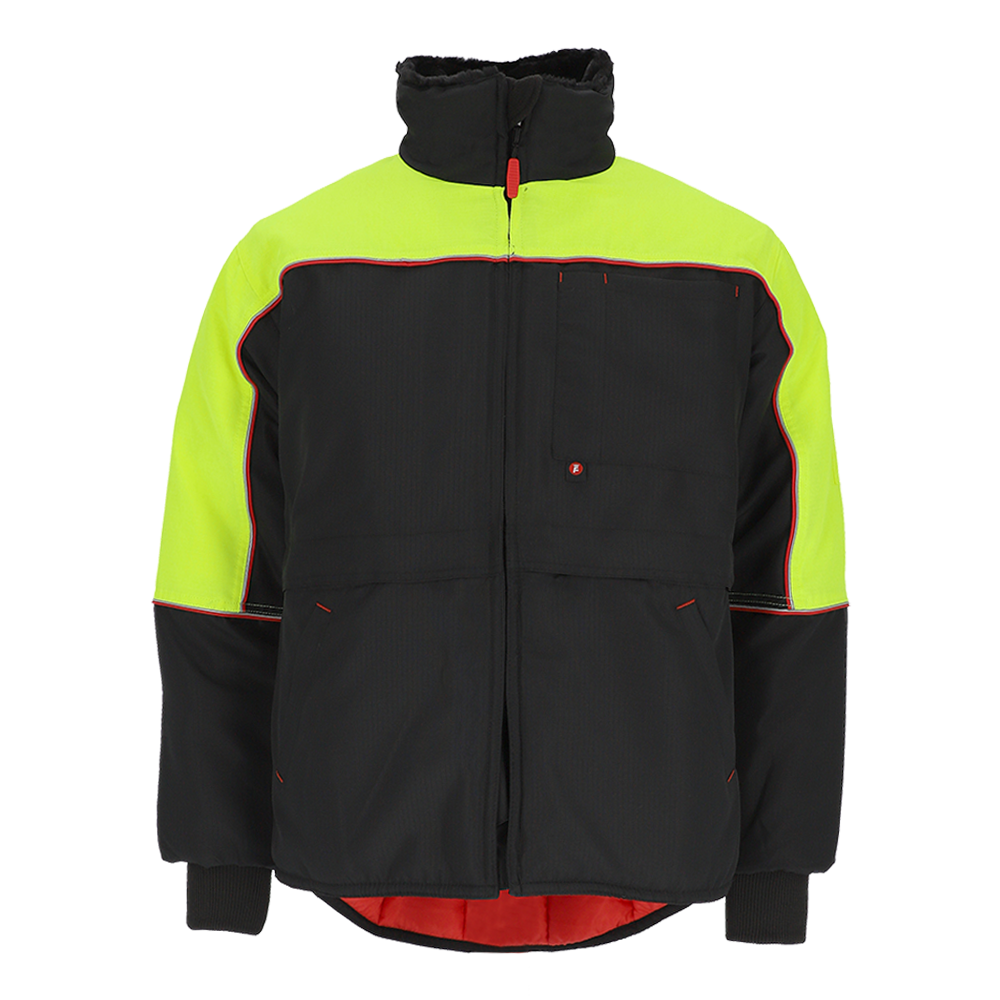
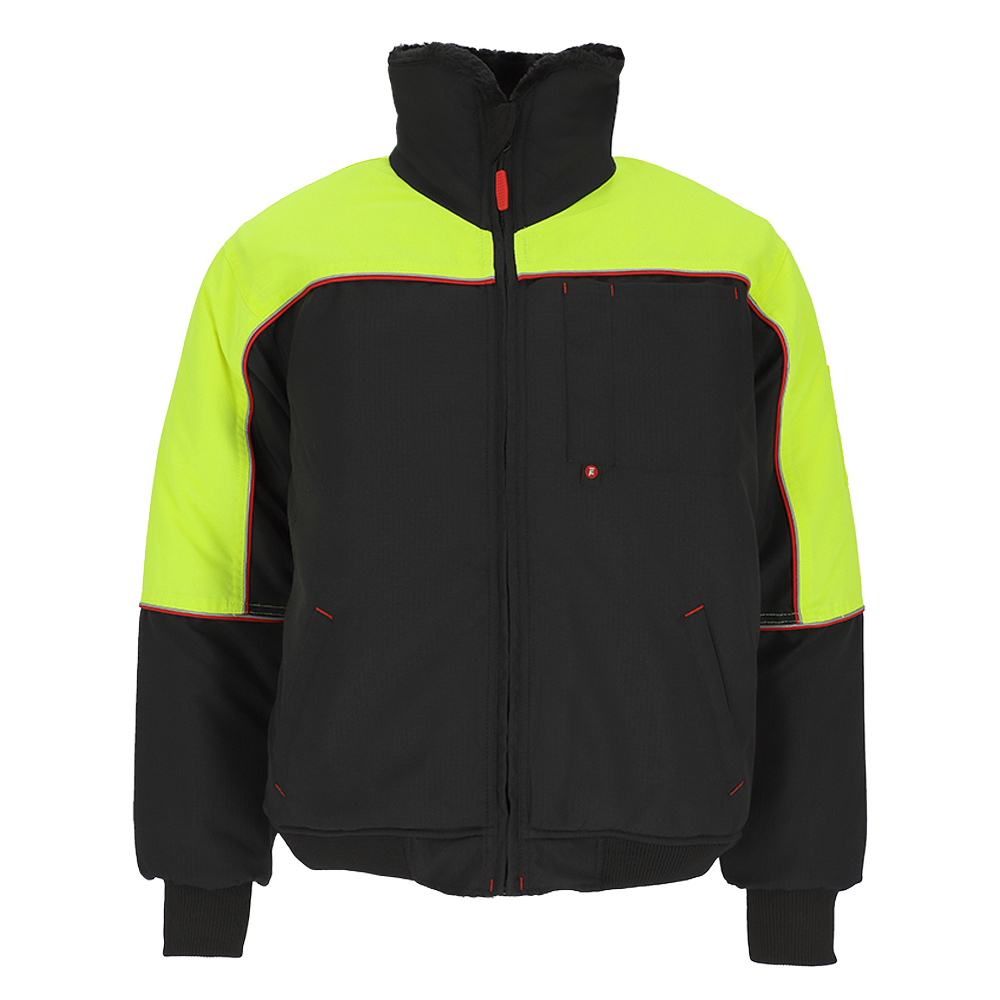
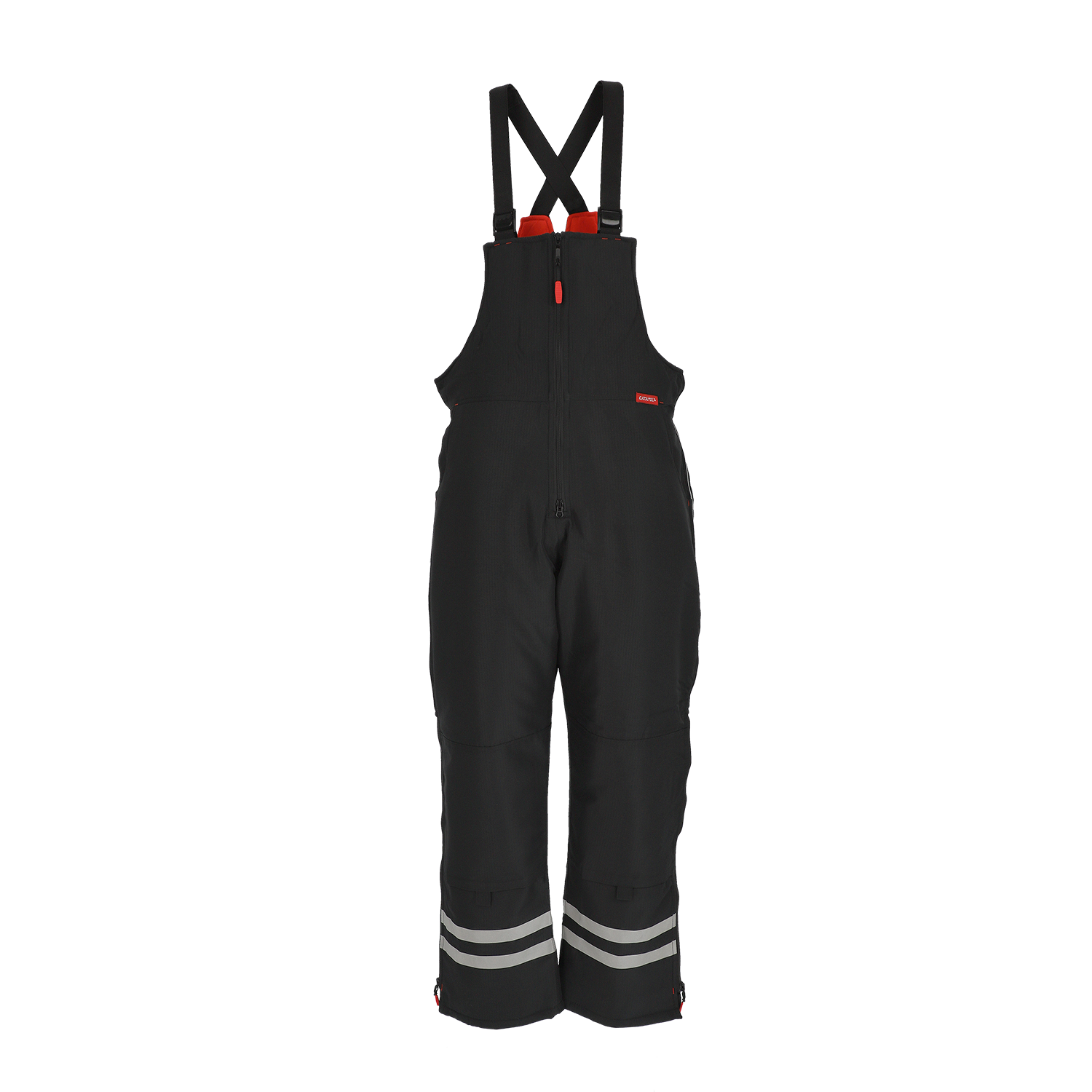
.png)
.png)